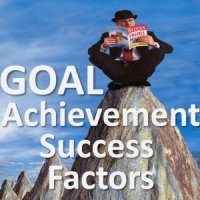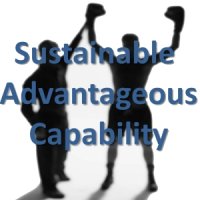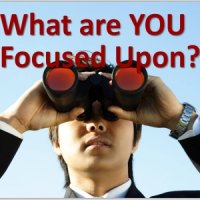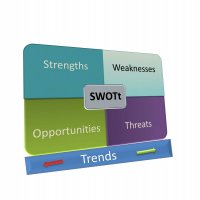Here I will discuss, at a high level, how you understand your organization's shared values and beliefs and then use this understanding to help create a higher performing and more inspired and engaged organization. Culture, as we see it, is the shared values and beliefs of an organization that determine much of its success. This is, in large part true, because culture largely determines the quality and quantity of discretionary effort both by managers and by employees. Culture, however, is one of those concepts that's been pulled, twisted, flipped and turned inside out in good part because it is so important to an organizations success. Although I guess that depends on what twisted or pulled version you are considering..
A large part of culture is determined by the attitudes (a function of deeply held beliefs), motivations, natural tendencies. work and task preferences… of all the members of the organization. The rest is determined by the key leaders and the policies, rituals and behaviors that have evolved.
How do you come to understand the attitudes, motivations, natural tendencies… of the people in the organization? Like self-awareness, something that most people don't have to a high degree even though many think they do, these, a good understanding of these areas is often missing.  Many organizations deploy employee surveys which actually measure what is best described as organizational climate but not culture. It's valuable to track this but understanding culture is more valuable and crucial. There is an assessment tool available that largely derives this information by providing validated metrics on job suitability which includes these areas and some others.
Many organizations deploy employee surveys which actually measure what is best described as organizational climate but not culture. It's valuable to track this but understanding culture is more valuable and crucial. There is an assessment tool available that largely derives this information by providing validated metrics on job suitability which includes these areas and some others.
For many organizations, understanding this information is the missing link for not only understanding an organization's culture but also impacting it positively, purposefully and effectively over time. When you have this understanding, you can practice what we term, Mindful Cultural Leadership. Without it, you're largely flying blind. With this understanding you can use the knowledge of individual styles, natural tendencies and attitudes as levers to move the culture in the desired direction. As you do this, you can monitor the level and quality of discretionary effort by your people to gauge the impact and make adjustments if necessary. It's rarely easy but with understanding, planning and purposeful efforts, leaders can be more effective in creating the work cultures that help them achieve their desired goals.
a
BEST PRACTICE: When you have an accurate understanding of your employees expectations regarding development, appreciation, remuneration, ccommunication, work-life issues, authority and social and an accurate metric on how well the the culture is matching up to them, you have the ability to move deliberately with purpose to a more ideal culture and work environment. An assessment which measures these expectations can be used in conjuction with a survey to get to this state. A culture screen uses assessment technology to map the underlying causal factors of the culture you desire and then to measure potential employees and managers against it. By bringing in only those who closely match your culture and by understanding any deviations when you choose to do otherwise, you can improve the performance and work environment in your business. You can also save yourself a lot of headaches.



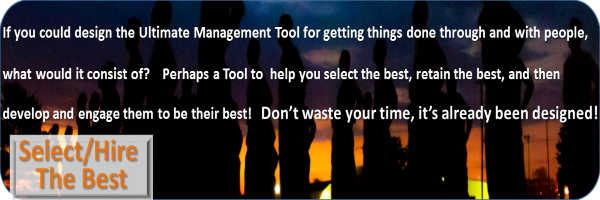
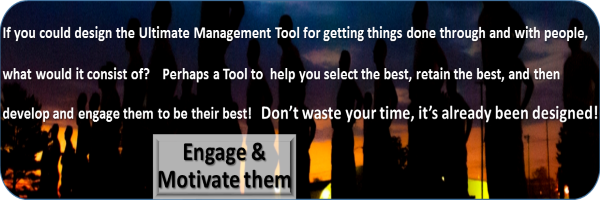
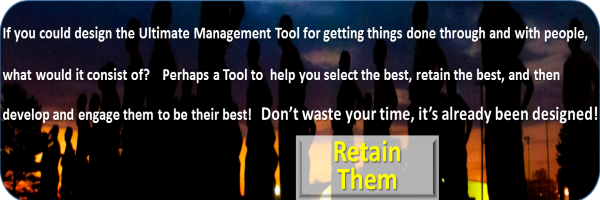
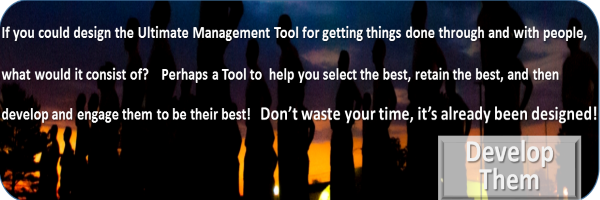
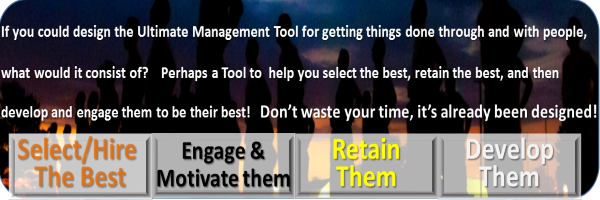
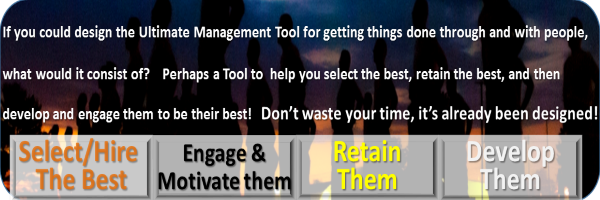


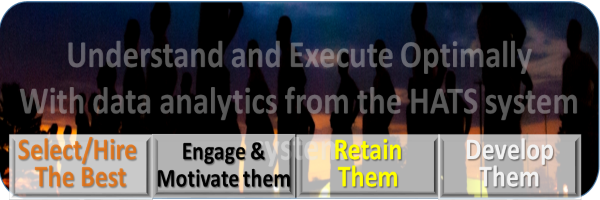







 One of the most difficult challenges managers face is choosing the right people and understanding how to get them to perform at their best. During the last 12 years of our experience, we have found no other tool except the Harrison Assessment that enables this kind of capability with incredible accuracy and insight.
One of the most difficult challenges managers face is choosing the right people and understanding how to get them to perform at their best. During the last 12 years of our experience, we have found no other tool except the Harrison Assessment that enables this kind of capability with incredible accuracy and insight.









